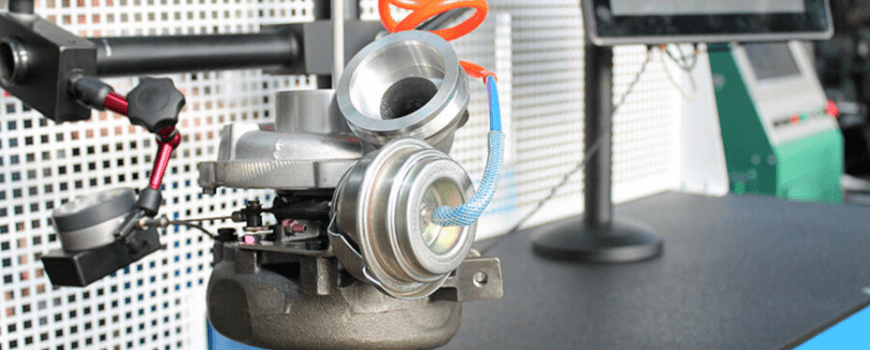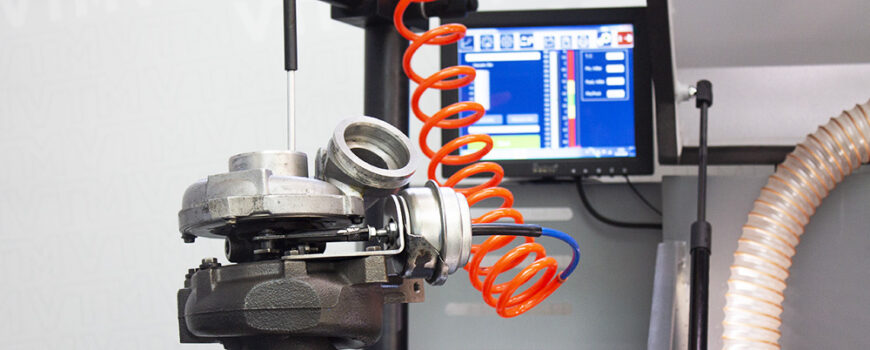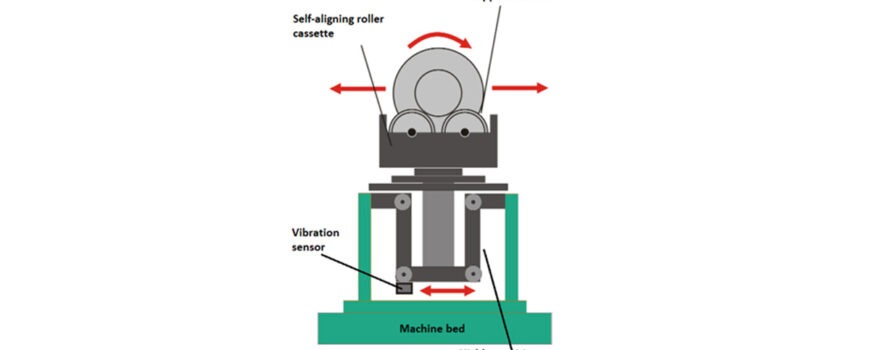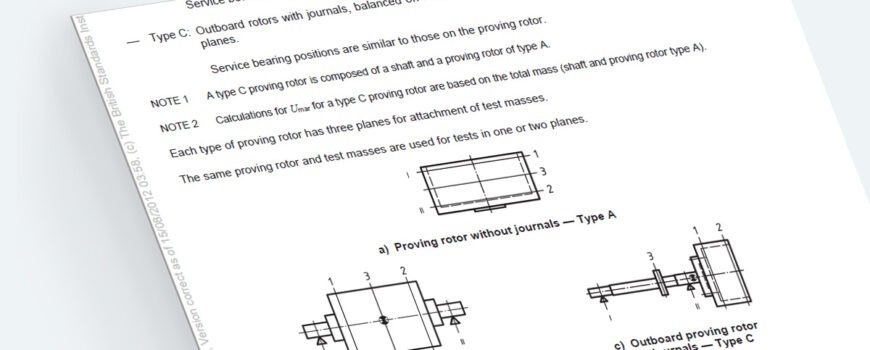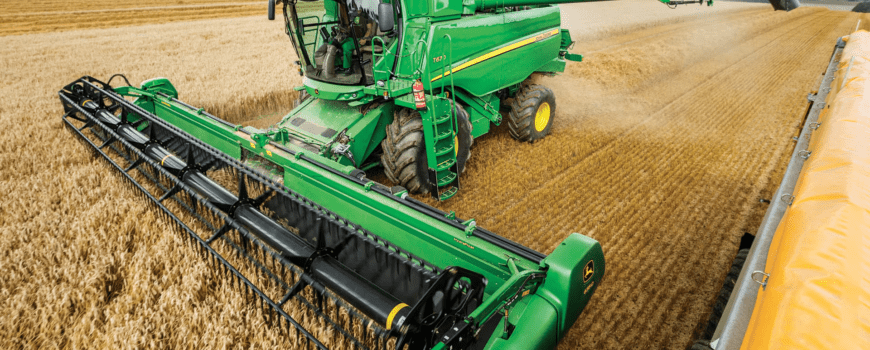For example, a cooled piece of clay may be mistaken for a rock, but as soon as it is heated in the hands, it loses its rigidity and becomes a very pliable material. The same is true for solids during (modal) high-speed balancing. We are not talking about thermal effects, in our case the “catalyst” is speed.
If the turbocharger shaft is given a speed greater than 100,000 rpm it will begin to bend like a rope. Even though it is normally rigid, because at this speed its modal imbalance begins to appear. The higher the modal imbalance, the greater the deflection of the shaft.
For a turbocharger, too much shaft deflection can be a verdict. Since the clearances between the moving and stationary parts are very small. In addition, the vibration caused by repeated bending of the shaft does not allow for a complete “oil wedge” between the “bearings” and the “turbine wheel shaft”, which means they will be partially in contact with each other. This leads to wear of their surfaces and failure of the turbocharger.
Modal balancing
The modal imbalance, like the usual imbalance, can be reduced by correction. But to do this, it is necessary to determine the direction and magnitude of the imbalance vector. In our case of all vectors constituting the dominant mode.
The process of determining the modal imbalance is like making a video. To see a live picture, the camera takes thousands of pictures of a chosen object in a short period of time and shows them in a sequence. In our case, the speed is so high that not only the human eye but also the photo-sensor cannot keep track of the observed object. Instead of making photos, we get information about the magnitude of the imbalance and the direction of its vector, and a graph is built to facilitate perception and analysis.
To determine modal unbalance, the SBR-10 high-speed (modal) balancing equipment is used. This accelerating bench allows the modal unbalance to be measured at turbocharger operating speeds. The speed range of the turbocharger shafts during balancing is typically from 90,000 to 250,000 rpm. Under such conditions, without oil supply, the turbocharger shaft would be “burned” within 2 seconds. So for modal balancing under safe conditions, the bench is equipped with an oil station. It supplies heated oil under pressure to the cartridge to create an “oil wedge” between the parts.
Machine capabilities
The SBR-10 high-speed (modal) turbocharger balancing bench has these capabilities:
- Determination of the modal imbalance and plotting
- Test of the turbocharger cartridge under near-operational conditions
- Checking the cartridge for oil leakage after assembly
- “Create a balancing report” and print it out on paper if a printer is connected
- The ability to use the functions of the integrated stand industrial computer (e.g. the use of electronic: catalogs, applications and databases).
